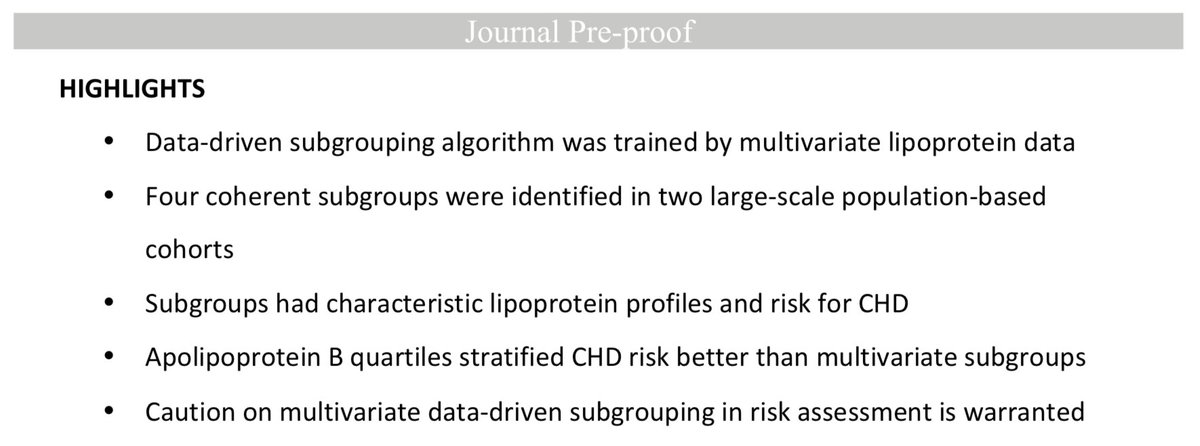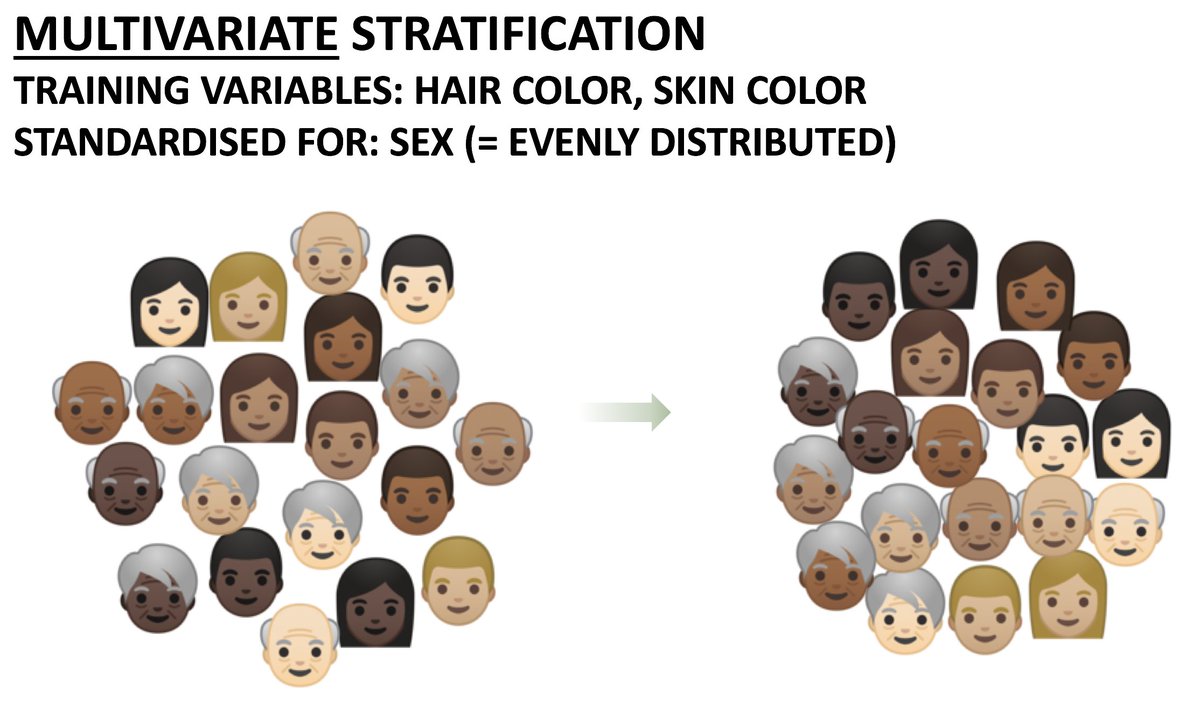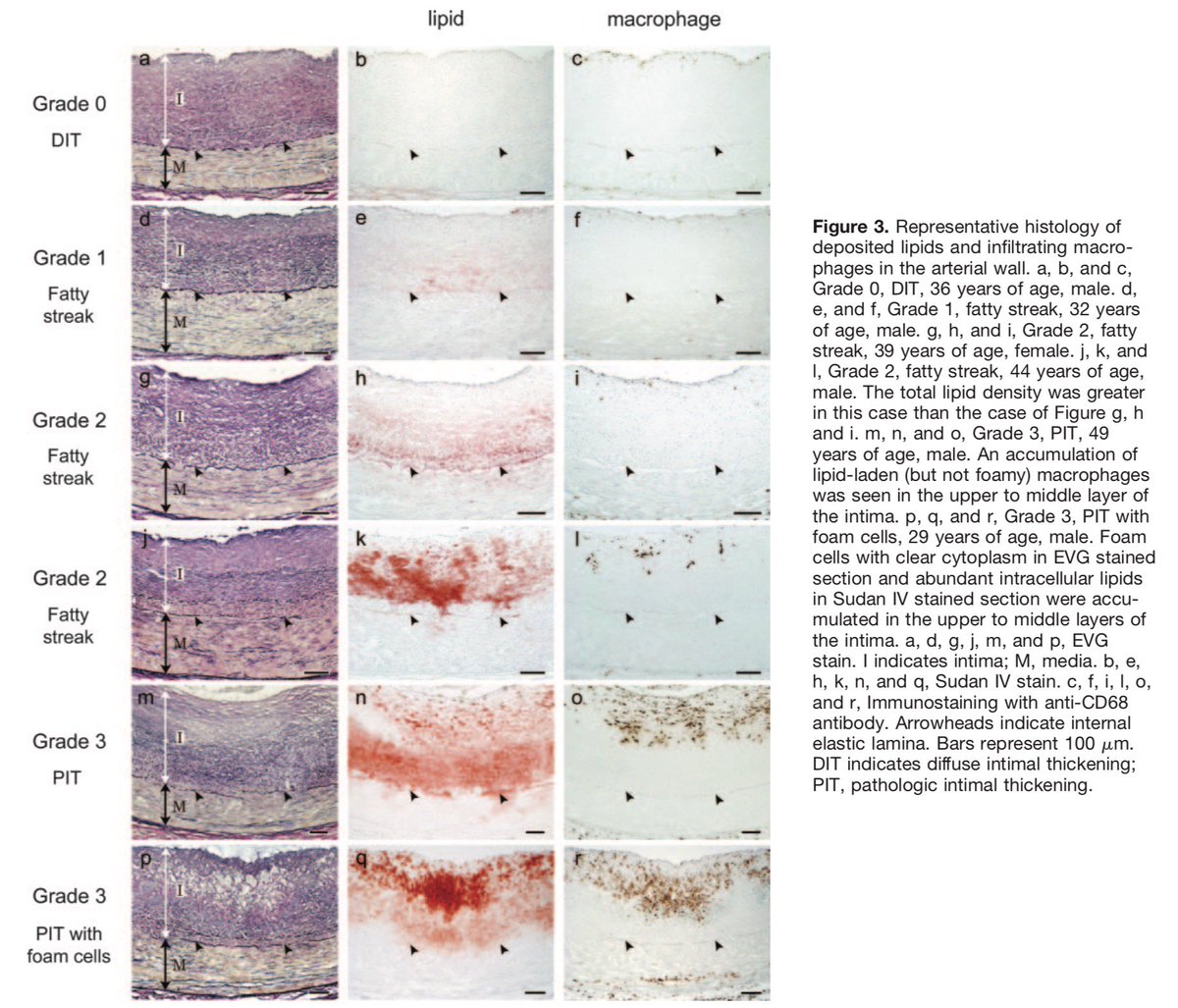
I find this quite interesting; the estimates for the association between wearing a #mask and some coronavirus infection in non-hc setting (0.56, 95% CI: 0.40-0.79) is roughly the same magnitude as the association for #bicyclehelmet and head injury (0.49, 95% CI: 0.42-0.57) 1/9 



Are they both confounded? You bet. But they're also both mechanistically plausible. And there's some major issues with conducting RCTs for both. Ethical reasons for helmets, and for masks, statistical power issues (adherence, sample size, disease prevalence) seem pretty bad 2/9
With helmets, the people wearing them probably have some different characteristics than non-users, that causes confounding. Probably they're more cautious and take less risks in traffic. It's also possible that for some individuals, helmet causes risk compensation... 3/9
...but not to the extent that it would offset the population-level benefit. And in fact, adjusting for risk compensation might not change the results 4/9
academic.oup.com/ije/article/46…
academic.oup.com/ije/article/46…
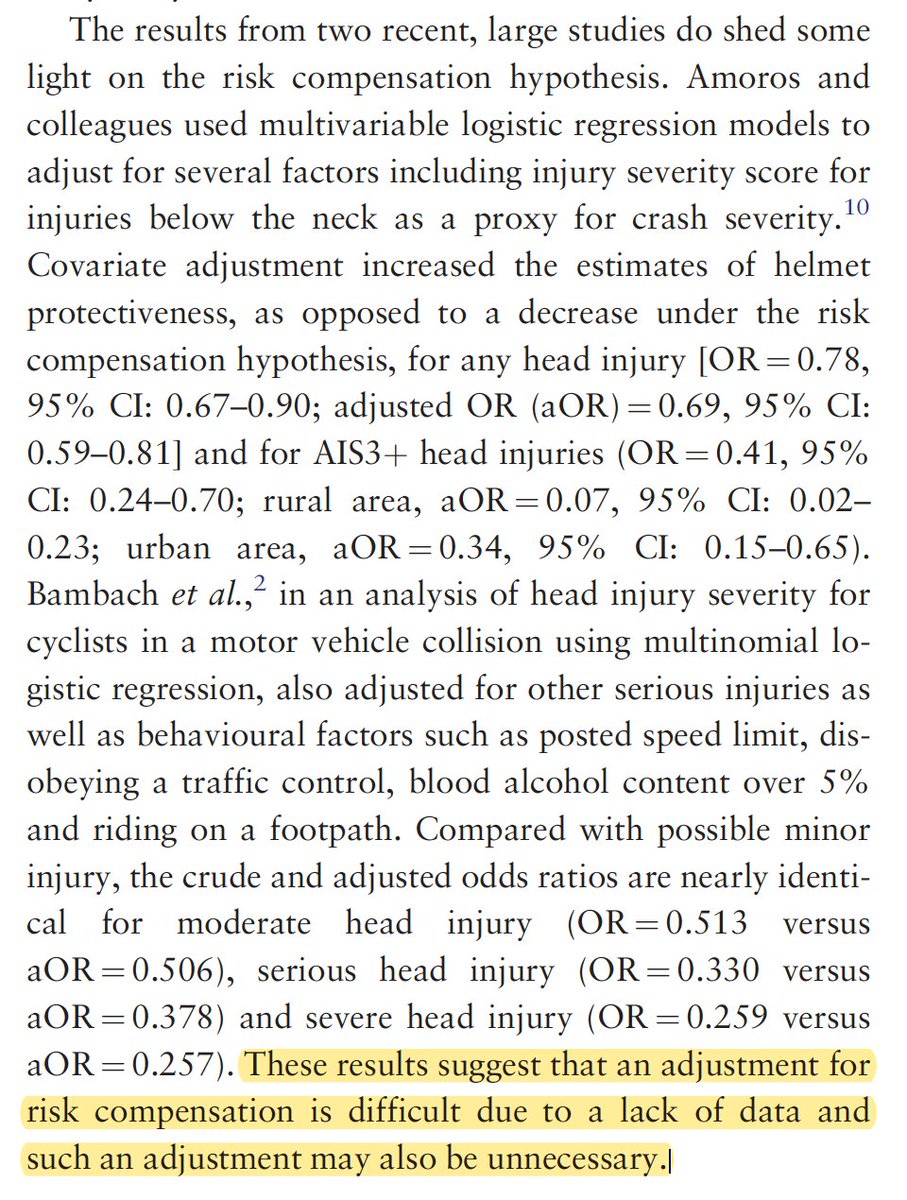
It should also be noted that indeed, wearing a helmet doesn't prevent head injuries altogether; they just reduce the risk. Mandatory helmet legislation can't be expected to eliminate head injuries and helmet's don't protect from other injuries sustained from falling 5/9 
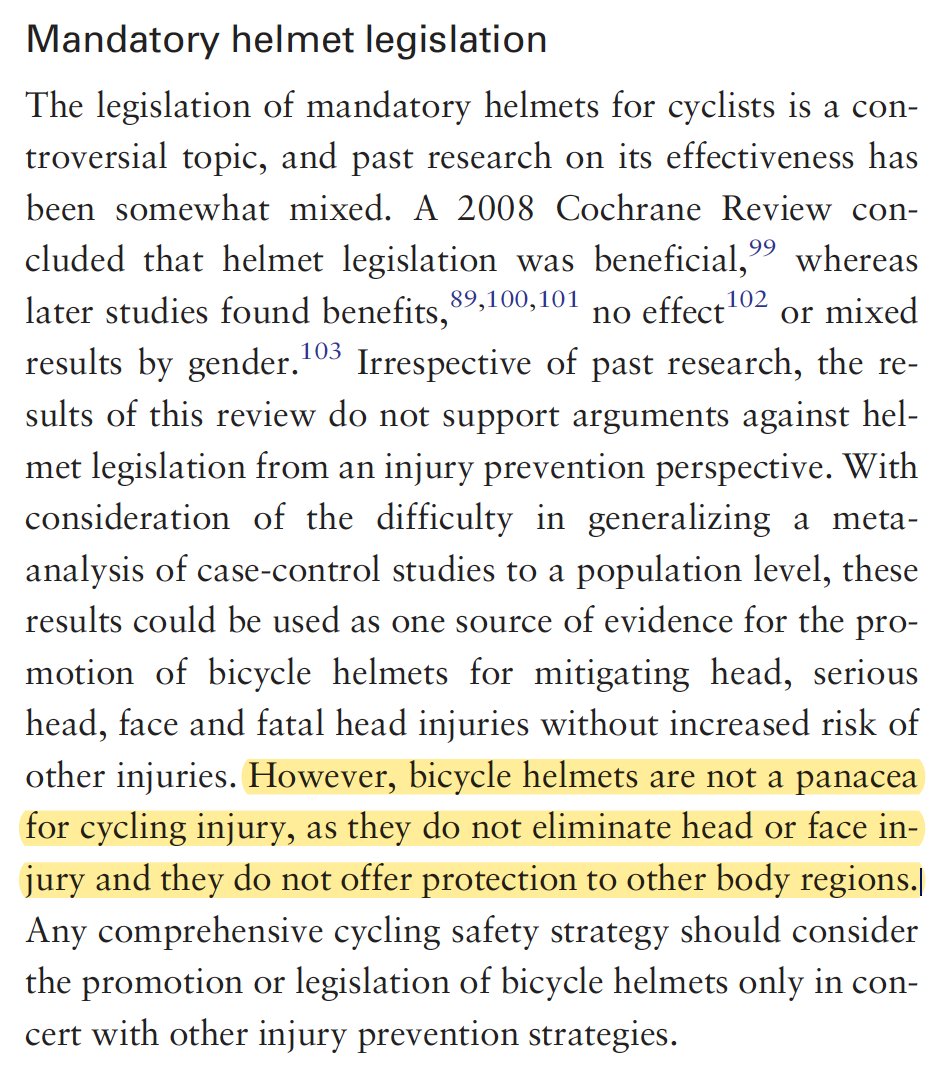
This is analogous to #facemask discussion; no, masks don't stop the entire spread of #COVID19, just reduce the risk. Masks don't stop all routes of transmission. Failure of containment in some countries with mandatory masking is not evidence that they're useless. 6/9
I think it's probable that masks are in fact a multifactorial population-targeted intervention where looking at the observational estimate is very useful. It captures also the psychology of masks; they're a constant reminder not to touch your face, safe distances etc. 7/9
Observational estimate for mask is confounded by factors not directly linked to blocking droplets, but the recommendations are aiming to combine those confounders into practice. The estimate is also a likely combination of protecting the wearer from others but also vice versa 8/9
Back to helmet analogy, a pandemic is like we're all cyclists and the streets are frozen - in public places, we're constantly exposed to falling. I think it's useful to think about wearing a mask in a similar way; you have a tool for likely cutting your risk roughly in half 9/9
• • •
Missing some Tweet in this thread? You can try to
force a refresh

